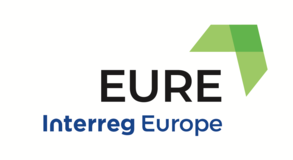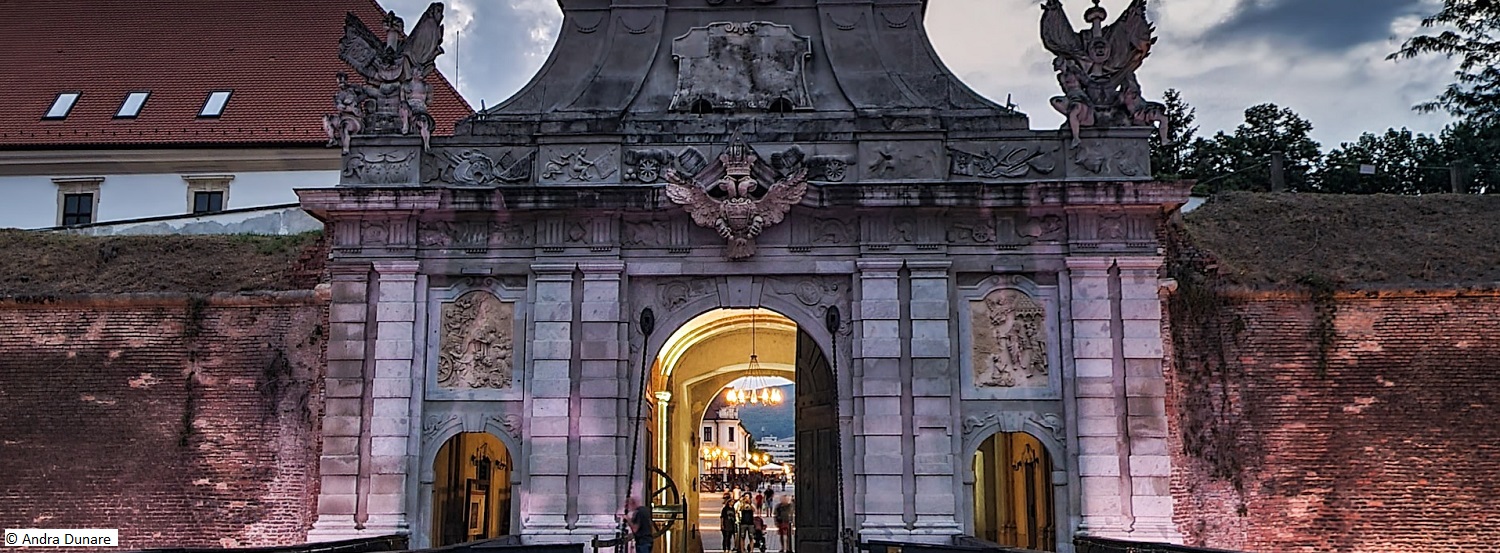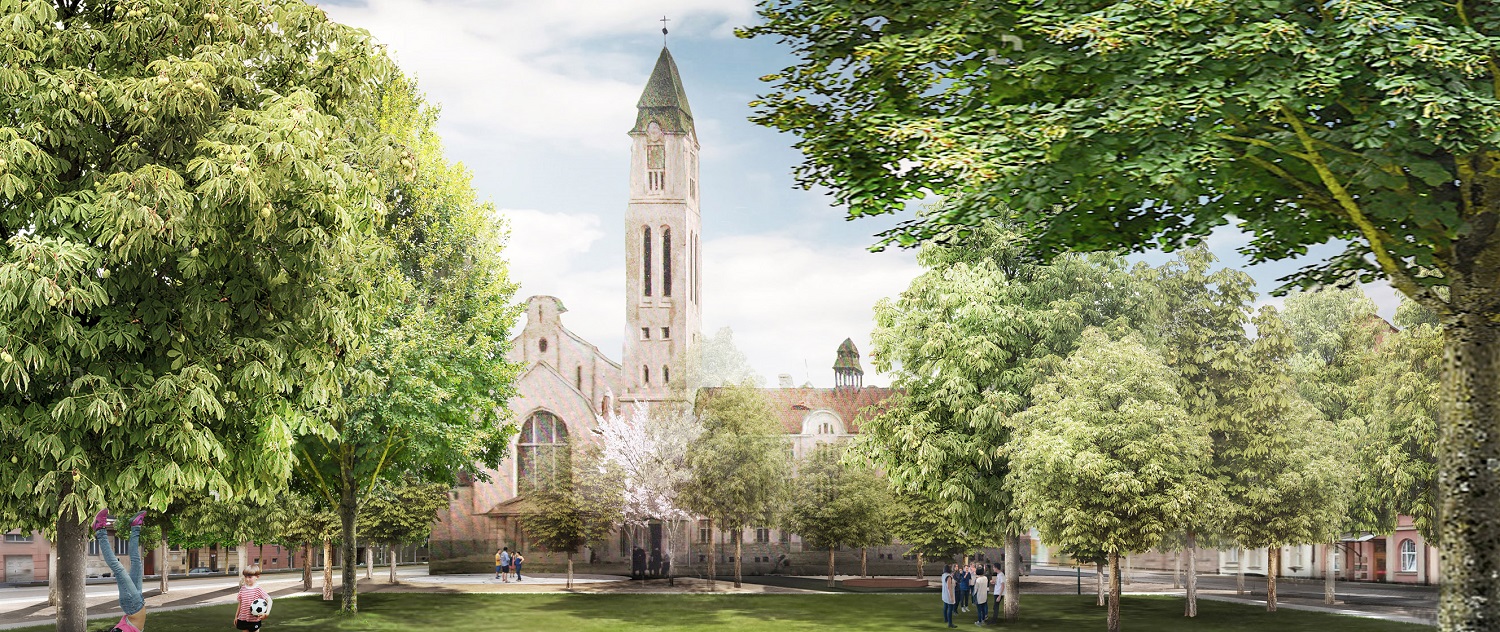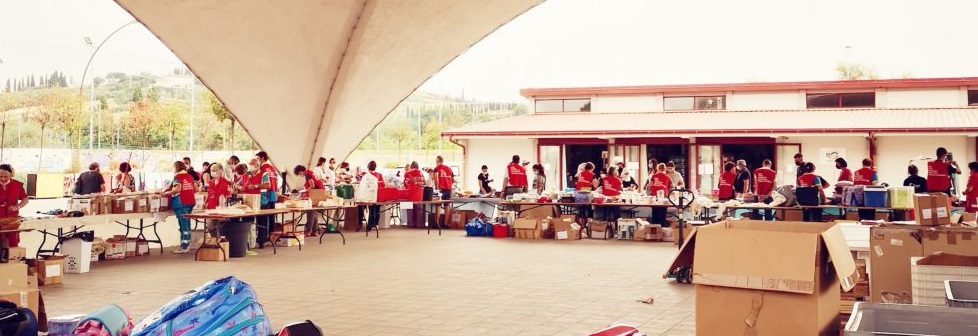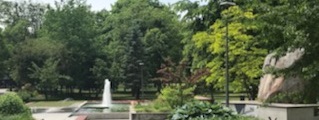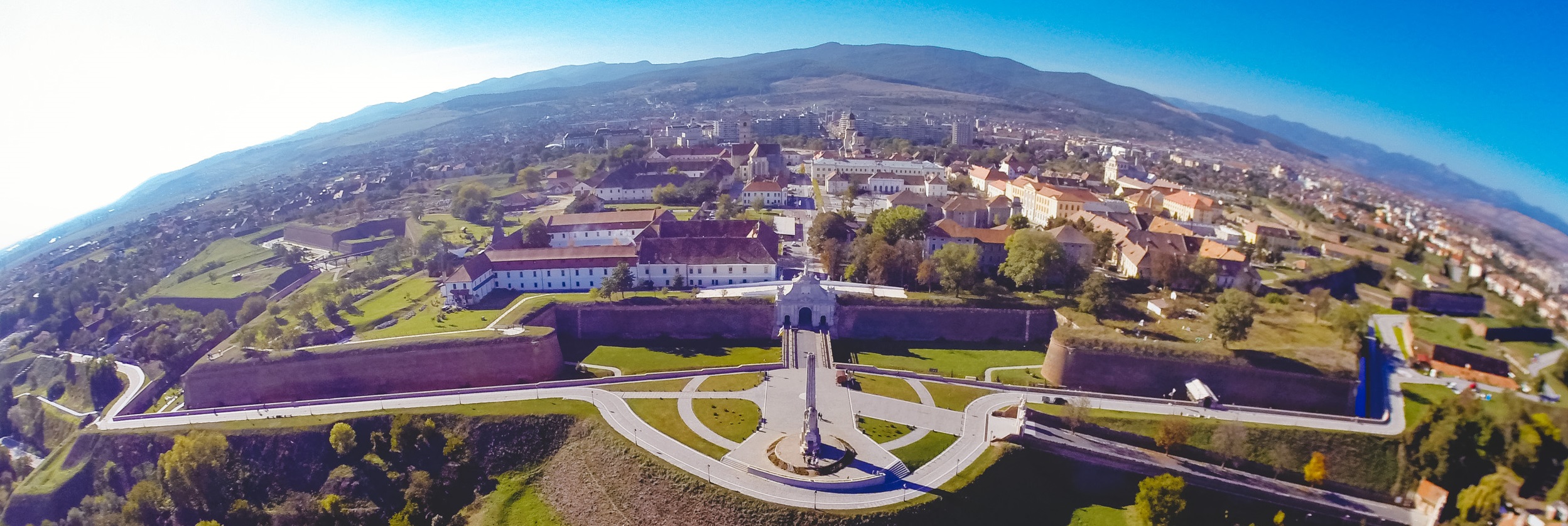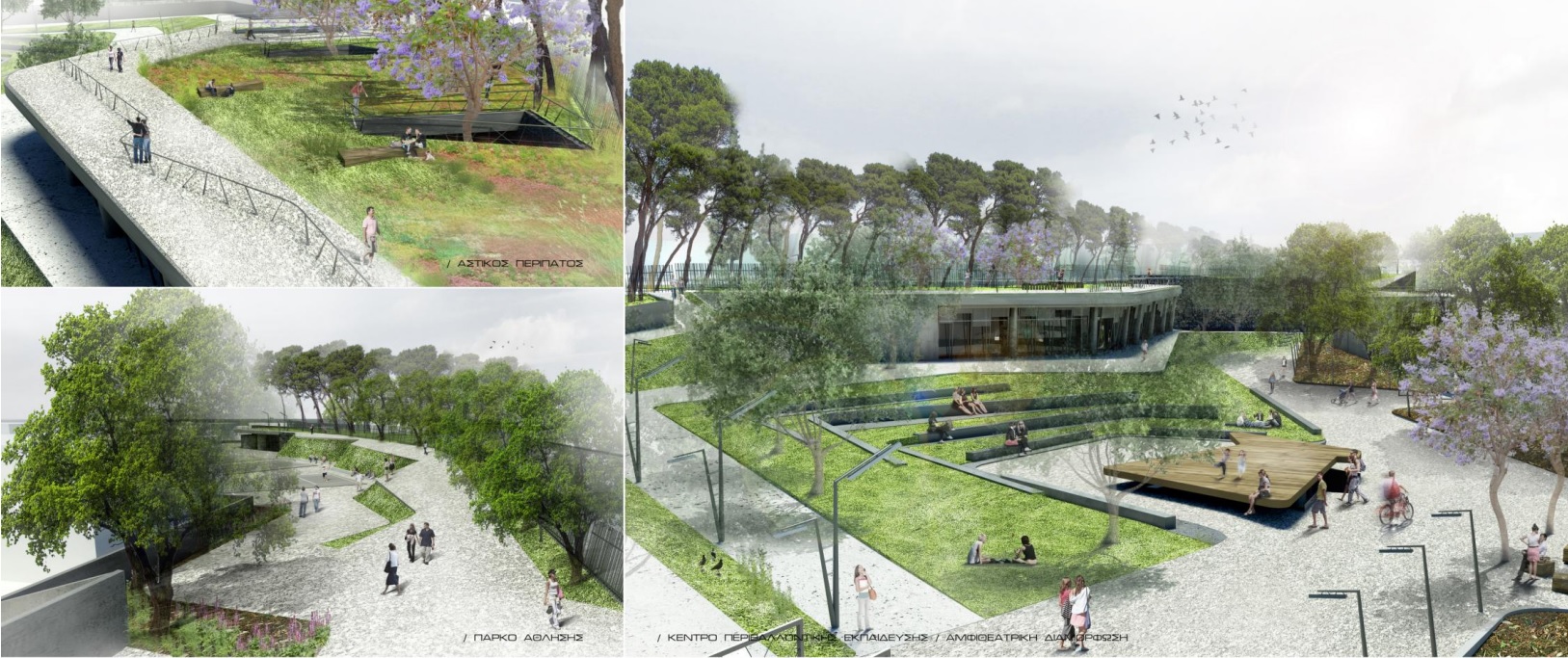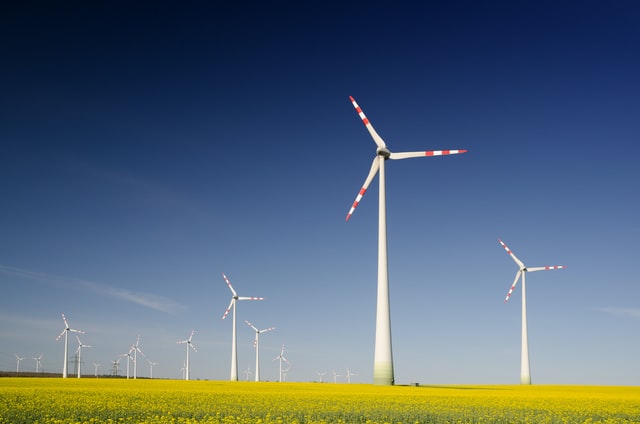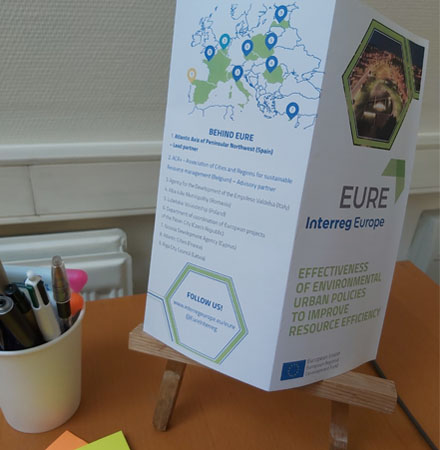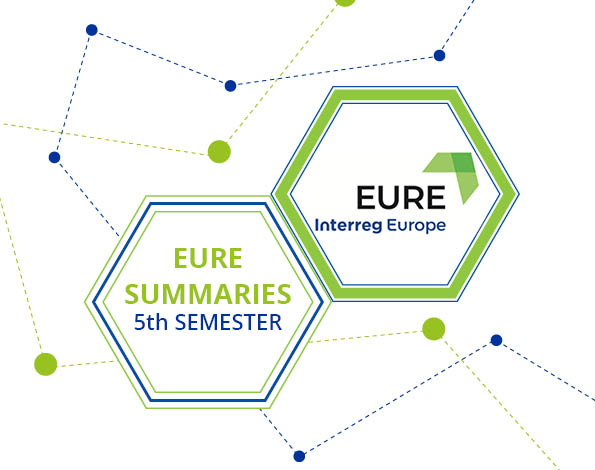Riga City Council City Development Department (RCC CDD) is the leading institution in Riga City Municipality in the field of territorial planning, detailed planning and urban development. RCC CDD is initiating and implementing projects related to sustainable urban development in conformity with the strategic development plans and needs of residents. The mission of the RCC CDD is to ensure balanced development of the City of Riga in accordance with the interests of its residents and companies.
RCC CDD works in various planning level perspectives - strategical, spatial, cultural, programmatic planning and its integration with higher-level planning documents (national, regional, metropolitan) and thematic planning (housing, culture, public spaces, mobility, etc.).
RCC CDD has experience in various EU co-funded projects related to research, designing and implementing innovative urban planning approaches, public open space, green infrastructure integration and brownfield revitalisation, as well as co-creation and experience exchange with stakeholders etc.
The Urban System
Latvia faces monocentric movement for more than two decades, where the population mainly is migrating from rural regions to Riga City and its surrounding areas. In 2020 Riga city population is more than 693 thousand people, so around 32 % of the total population of Latvia lives in Riga and it is the highest indicator among the EU member states.
In the same time, Riga also faces all the same typical challenges that shrinking capital cities with the growing metropolitan areas have. While during last 10 years international migration has stabilized, there is still an active population decline trend on a national scale, population growth has been observed in the cities around Riga, which indicated the need to develop the necessary infrastructure for increased demand and social wellbeing. More than 2/3 of the value of the Latvian economy is created in the Riga region as a result of strong Riga City capacity. The economic structure of the Riga and its suburbs is modern and sufficiently diversified. Radially concentrated traffic infrastructure in connection with logistics hubs (port, airport, railway stations) forms the basis of economic networks.
Riga as a main socioeconomic centre of Riga region has developed as a metropolis with its related metropolitan/ functional area that leaves a high impact on cities infrastructure and urban environment. That means, all socioeconomic processes and development of infrastructure that covers needs of these active processes must be organised within close collaboration among city, region and state and cannot be implemented without a strong political will.
The Policy Instrument targeted
The policy instrument aims at achieving key national development priorities along with the "Europe 2020" objectives. The Operational Programme “Growth and Employment” provides significant support to the economic growth and employment and aims to contribute to the competitiveness of Latvia's economy, focusing on:
- research and technological development and innovation;
- competitiveness and innovation of SMEs;
- supporting the shift towards a low-carbon economy in all sectors;
- environment, sustainable use of natural resources and adaptation to climate change;
- development of sustainable and efficient transport infrastructure;
- promoting employment and workforce mobility;
- education, skills and lifelong learning;
- social inclusion and fight against poverty.
Riga City main interest is to understand and to evaluate the qualitative options for the possibility to increase support for the implementation of green infrastructure solutions in the urban environment.
The main urban priorities
Riga 2030 - Sustainable Development Strategy of Riga until 2030 sets society, economics and urban environment as the three main pillars of development of the city of Riga that relies on equal interaction of these three pillars for successful growth and thus a precondition for a high-quality life of the residents of Riga.
Urban environment as a physical and mental space formed by the infrastructure of the city construction, natural environment, transport and of other types and as a combination of diverse social processes in its functional and visual expression creates a living environment, labour and business environment, education and recreation environment. Particularly by planning the urban environment, the municipality basically ensures the observance of the principle of sustainable development.
Riga 2030 defines green and blue territories in the city, as well as their link with the surrounding forests around the administrative border of Riga, which could fulfil the function of green filters thus preventing spontaneous suburbanisation processes in these directions, have been determined in the structural plan as environmental values to be protected.
Discover more about RCC CDD visiting the website.
